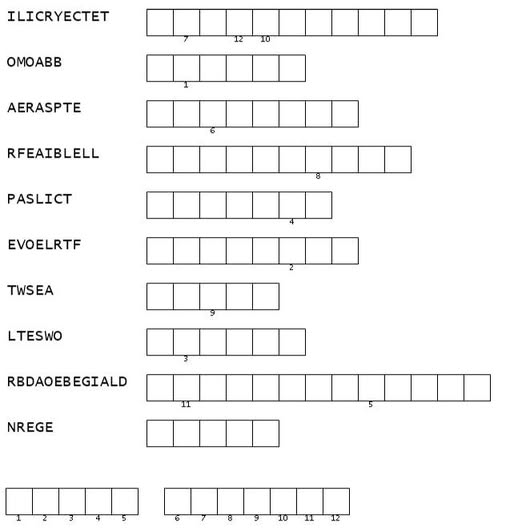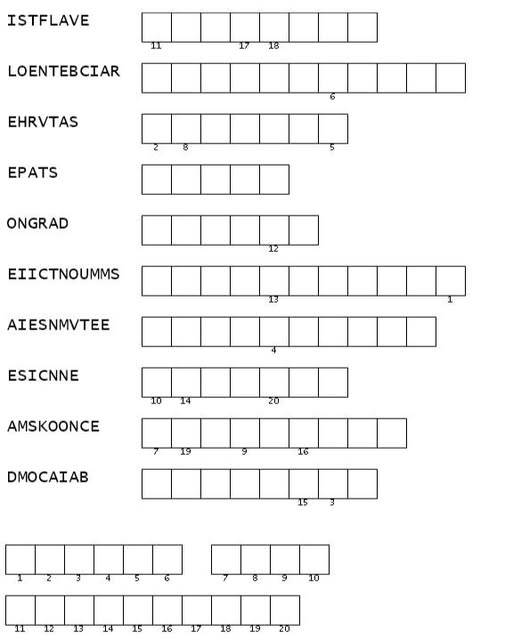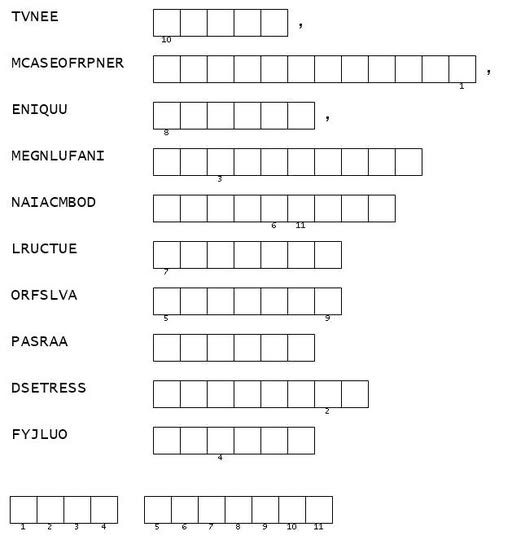some thoughts
There are many ways to make a hotel ___________. First, the hotel can help guests save water and electricity. It can ask them to reuse towels and bedsheets instead of washing them daily. Reminding ________ to turn off lights and air conditioners when leaving their rooms also helps save energy. Providing refillable water stations reduces plastic waste from ________ water.
Second, the hotel can use eco-friendly products. This means offering bathroom items that are natural and come in _________ packaging. Also, it can stop using plastic straws and cups, replacing them with bamboo or metal ones.
Next, the hotel should reduce __________. Adding recycling bins in public areas makes it easy for guests to separate their trash. It can also reduce single-use plastic items like bags and donate leftover food to local_________.
Energy-saving is important too. Installing LED lights and motion sensors in ________ saves electricity. The hotel can even explore using solar power for some parts of the building.
Finally, the hotel should ________ eco-friendly tours and encourage guests to support local businesses. Creating green spaces and sourcing food from local farmers will also make it more sustainable.
FILL IN:
promote – eco-friendly – waste – biodegradable – guests – hallways – bottled – charities
################################
Here are ten questions based on the essay about making the hotel eco-friendly – can you answer in complete sentences?
1. What are some ways the hotel can help guests save water and electricity?
2. Why is it important for guests to reuse towels and bedsheets?
3. How can the hotel encourage guests to turn off lights and air conditioners?
4. What benefit do refillable water stations provide for guests and the environment?
5. What types of eco-friendly products can the hotel offer in its bathrooms?
6. How does the hotel plan to reduce waste for its guests?
7. Why is it beneficial to have recycling bins in public areas of the hotel?
8. What energy-saving measures does the hotel plan to implement?
9. How can the hotel promote eco-friendly tours to its guests?
10. What impact does sourcing food from local farmers have on the hotel’s sustainability efforts?
################################
Here are ten multiple-choice questions based on the essay about making the hotel eco-friendly.
Each question has four options, with more than one correct answer for some:
1. What actions can the hotel take to help guests save water and electricity?
a) Ask guests to reuse towels and bedsheets
b) Provide bottled water in every room
c) Remind guests to turn off lights
d) Install energy-efficient appliances
2. Why is it beneficial for guests to reuse towels and bedsheets?
a) It saves water
b) It reduces laundry costs
c) It makes the room look tidier
d) It helps the environment
3. How can the hotel encourage guests to save energy?
a) Provide instructions on switching off devices
b) Install solar panels
c) Offer energy-saving tips
d) Keep lights on for security
4. What are some eco-friendly products the hotel can offer?
a) Natural toiletries in biodegradable packaging
b) Plastic straws and cups
c) Reusable shopping bags
d) Chemical-based cleaning products
5. How can the hotel reduce waste?
a) Provide recycling bins in public areas
b) Donate leftover food to charities
c) Offer complimentary snacks in plastic wrappers
d) Reduce single-use plastic items
6. Which energy-saving measures can the hotel implement?
a) Use LED lighting
b) Install motion sensors in hallways
c) Encourage guests to leave appliances plugged in
d) Explore renewable energy options
7. How can the hotel promote eco-friendly tours?
a) Partner with local eco-tour operators
b) Offer discounts for tours booked through the hotel
c) Provide information about sustainable travel
d) Suggest tours that harm the environment
8. What are the benefits of sourcing food from local farmers?
a) It supports the local economy
b) It reduces transportation costs
c) It helps the hotel get food cheaply
d) It lowers the hotel’s carbon footprint
9. Why is it important to have recycling bins in the hotel?
a) To make it easier for guests to recycle
b) To reduce waste going to landfills
c) To provide a place for trash
d) To encourage eco-friendly behavior
10. How can creating green spaces benefit the hotel?
a) It enhances the hotel’s appearance
b) It attracts more guests
c) It improves air quality
d) It increases maintenance costs
################################
Find the following words

071024


